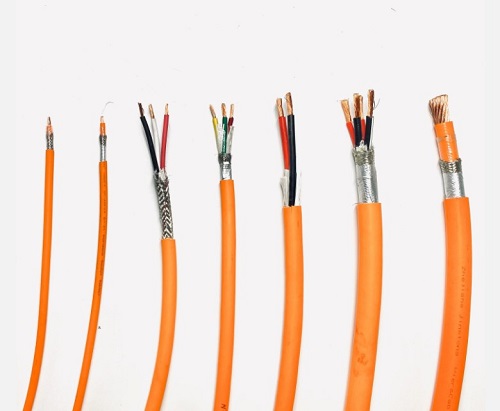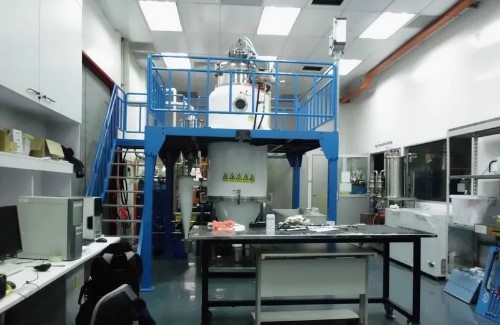Graphene ‘The Next Wonder Material’
Graphene is often referred to as the “next wonder material” its potential is so marvelous that its pioneers were handed the Nobel Prize in 2010. The years of silicon may now be numbered as graphene could radically change the future for electronics. Think of a cooking pot that can detect the presence of E. coli bacteria, or a mobile phone that is as flexible and thin as a piece of paper. All of these applications could be a reality if the wonder material, known as graphene, lives up to its name.
Graphene is a two-dimensional crystal, only an atom thick. The carbons are formed in a hexagonal honeycomb with perfect distribution - only 0.3 nanometers thick, with just 0.1 nanometers between each atom. It conducts electricity better than copper, the thinnest known material, more flexible than rubber, stronger than steel and even diamonds!
Many of the proposed applications of graphene are in electronics and computers. It could be used for transistors which make high-speed electrical circuits, and may perform better than silicon in microchips. At the same time, research in China found graphenes’ antibacterial property to be effective in killing E Coli bacteria, giving hope that it could also be used in hygiene products. Moreover as its two-dimensional, it could be used to detect a single molecule of gas – if a gas molecule would stick to a sheet of graphene, electrical resistance would change. This could also be used as a microbes’ detector.
However, there are a few issues associated with graphene that are preventing its commercialization. At present, there is no precise general synthesis method for mass production of graphene. Until this is overcome, graphene will not be available on the mass-market. There are also uncertainties in the electrical properties of graphene, so more research is needed to clarify this. However, if the aforementioned issues can be overcome then graphene will revolutionize electronics, civil engineering and medicine in the coming decades.









